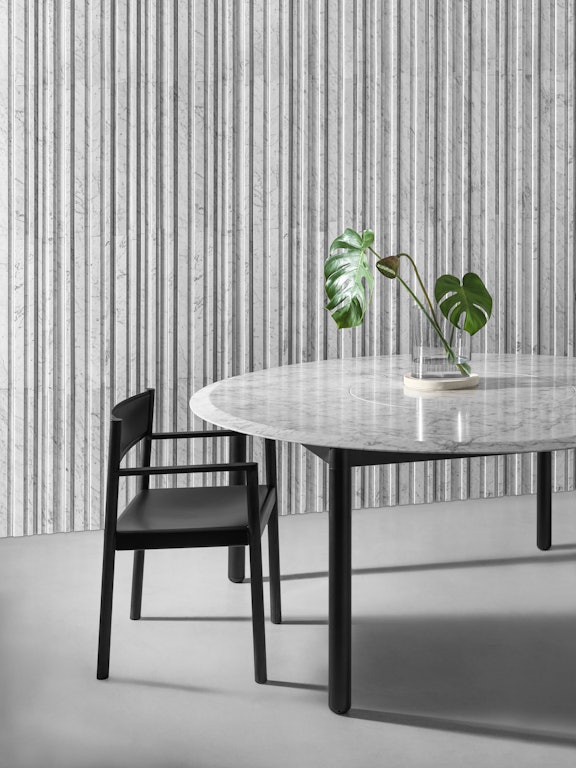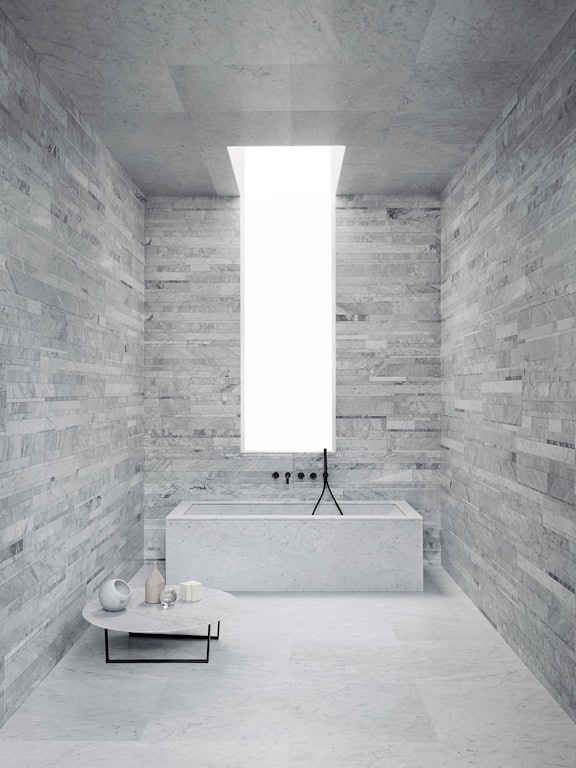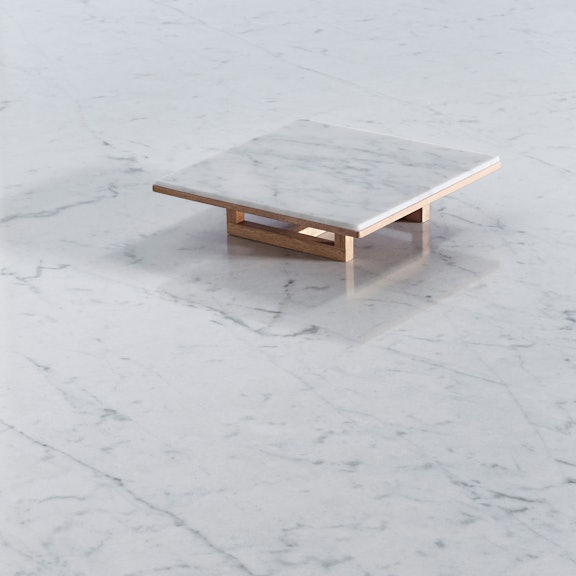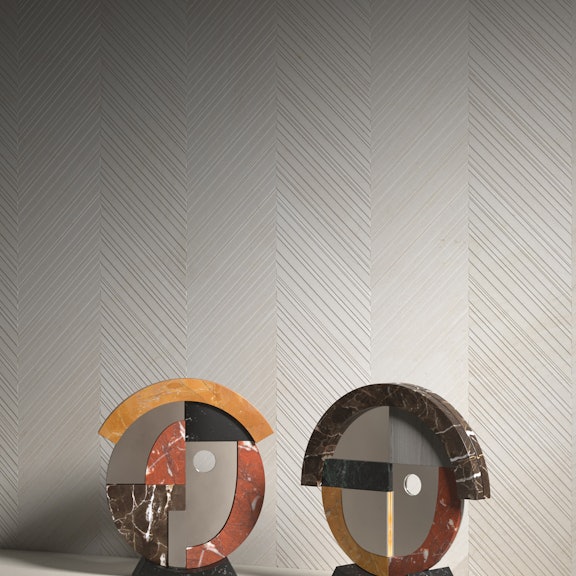A look at circular design, the sustainable approach to creating décors that are in harmony with nature
05.2023
Discover how circular design is transforming the sector by promoting sustainability without compromising aesthetics, and creating décors that are in harmony with nature
The growing role of circular design principles in interior design
Integrating sustainability and design circularity has become a key consideration for many designers who are embracing the call to come up with products that are revolutionary in terms of both aesthetics and functionality.
The goal is to create décors using eco-compatible materials and ensure the result is in balance with our planet. In orther words, we end up with interiors that foster a sense of wellbeing for humans and ecosystems alike.
The idea is to help transform the design panorama and spark a revolution that changes the world, by rethinking the way we design objects and use materials.
In this article, we take a look at how this innovative approach seeks to reduce environmental impact and create a more sustainable future, and finish with some examples of how at Salvatori, we have embraced it through eco-friendly textures for walls and floors.
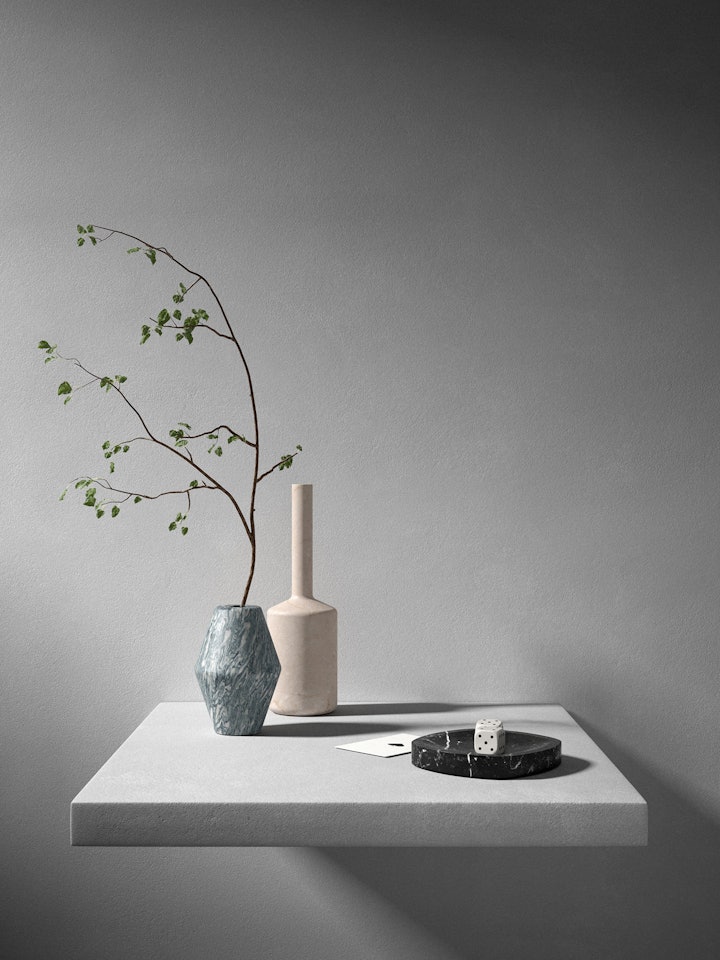
What is circular design?
Circular design is not only concerned with functionality and aesthetics, but also considers ecological impact and the potential for a product to be recycled or reused.
Every component and material used should contribute towards creating an atmosphere that is in harmony with nature and fosters a sense of wellbeing.
The idea behind circular design is to develop products that minimise waste and maximise the reuse of resources. While the traditional linear method follows a logic of production, usage and disposal, circular design is about creating a virtuous cycle where products can be reused or transformed into other products.
It is taking on ever greater importance in the design sector, with architects, designers and home or building owners increasingly seeking to incorporate it as part of a project’s criteria. Like many other forward-thinking companies, Salvatori is committed to coming up with alternative solutions that combine aesthetics, practicality and environmental responsibility.
.jpg?fp-x=0.5&fp-y=0.5&auto=format&w=720&h=540&fm=jpeg&q=70&fit=crop)
The principles of circular design
One of the fundamental concepts of circular design is that the objects we touch and use on a daily basis are intertwined with some sort of story or history that add an intangible layer to their value and the meaning they hold for us.
Inevitably, the more that eliminate such objects are imbued with time, memories and experiences, the more precious they become in terms of our personal ecosystem, and as such we are more likely to cherish and try to look after them, rather than simply thrown them away and replace them.
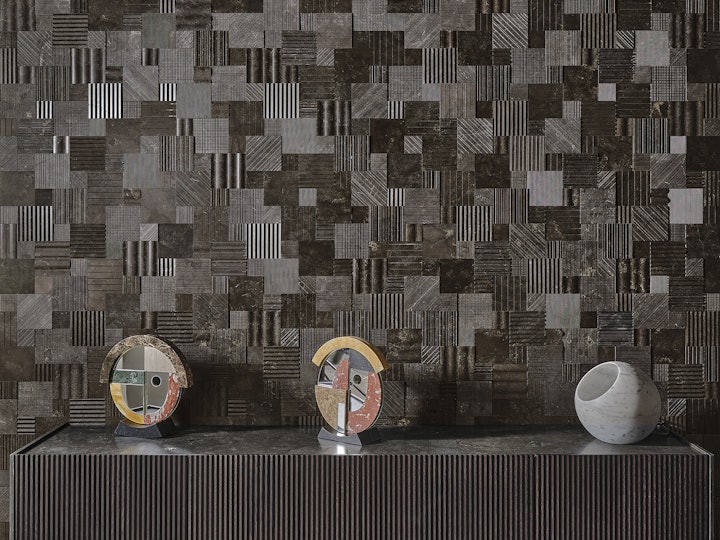
Let’s take a look at the key principles of circular design:
- Designed to last: the idea is to create long-lasting, quality products that can be used for years, if not decades or even centuries, in the same way a watch is passed on from generation to generation.
- Designed to be reused: create objects that can be easily be dismantled and reused in new iterations or with a new function, such as a modular sofa that can be transformed into an armchair or pouf.
- Designed to be recycled: using materials that lend themselves to being recycled or repurposed, thus taking on a new life.
- Use of sustainable materials: choosing materials that have minimum impact on the environment and come from renewable or recycled sources.
- Waste reduction: minimise the generation of any waste during both the production process and the product’s life span.
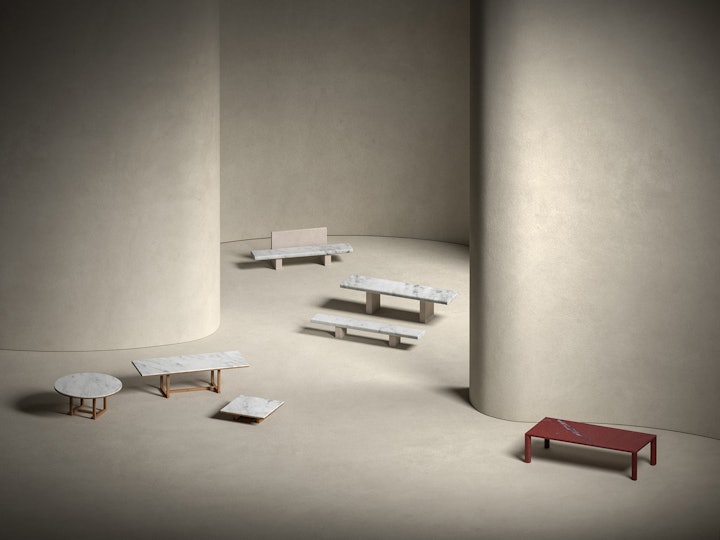
Salvatori textures inspired by the circular design philosophy
At Salvatori, we have long understood the importance of a sustainable approach to business and are passionately committed to the concept of circular design. We are very aware of the responsibility that comes with working with a precious natural resource such as stone, and this has spurred us on to develop products that combine elegant, minimalist design with an eco-friendly ethos.
_pda.jpg?fp-x=0.5&fp-y=0.5&auto=format&w=720&h=540&fm=jpeg&q=70&fit=crop)
Designed to be recycled
The first of these is Lithoverde®, which is 99% produced from offcuts of beautiful but unwanted stone, while the remaining 1% is soy-based natural resin that acts as a binding agent. The first recycled stone texture in the world, it captured attention in the design sector by demonstrating that sustainability and elegance are not mutually exclusive.
The next product we developed using a circular design approach was Romboo, created from offcuts of our popular Bamboo texture. We discovered that by cutting them on the angle into smaller diamond-shaped tiles, we ended up with a new texture that was ideal for creating striking three-dimensional feature walls full of intriguing plays of light and shadow.
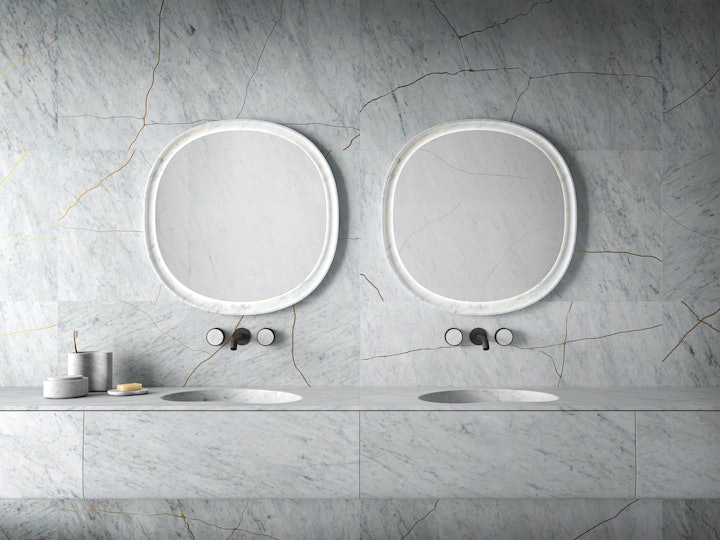
Designed to be reused
Lost Stones, by Piero Lissoni, is another perfect expression of the concept behind circular design. The inspiration came from the number of broken and abandoned slabs of beautiful stone that lay in yards all over Italy. Using a contemporary interpretation of the ancient Japanese art of Kintsugi, we repaired the stone with seams of gold-coloured resin and transformed the imperfections into intrinsic elements of what became works of art.
.jpg?fp-x=0.5&fp-y=0.5&auto=format&w=720&h=509&fm=jpeg&q=70&fit=crop)
Designed to save on waste
Piero Lissoni is also behind Patchwork which, as the name suggests, is made up of different elements, in this case offcuts of a selection of our most iconic textures. These can be placed to together randomly to create a striking, tactile mosaic that interplays with light.
Last but not least, is Passepartout, which uses small rectangles and squares of leftover stone to form a type of bas-relief. Perfect for feature walls, it offers designers and end clients the chance to unleash their creative flair and design their own patterns.
Besides epitomising both the logic and spirit of circular design, these textures all demonstrate how eco-friendly design can also deliver an elegant, harmonious aesthetic and a sense of understated luxury. We are passionate about continuing to find original ways to reduce waste and reuse what we already have in pursuit of great design that doesn’t come at the cost of the planet.
.jpg?ar=3:2&fp-x=0.5&fp-y=0.5&auto=format&w=1439&h=959&fm=jpeg&q=70&fit=crop)
